The goal of the Encyclopaedia of Indian Temple Architecture, sponsored by the American Institute of Indian Studies, has been to survey and to organize by style, with technical descriptions, that vast body of monuments constructed between c. A.D. 400 and the 18th Century in India to serve India's symbolic and religious needs. Volume I, of which two parts have already been published, deals with the Dravida temples of South India. Volume II, of which this set constitutes the first part, documents Nagara temples in North India 'with extensions of this typical curvilinear type into the Deccan' as well as other temple forms that contribute to North Indian style. This set explores the early foundations of North Indian form, beginning with a review of pre-Gupta evidence. It covers Gupta experiments in brick and stone; important recent discoveries of Vakataka temple-remains; evidence for architectural form from Western Ghat caves; and early brick structures of both Hindu and Buddhist affiliation in eastern India. A tradition of small mandapika pandals in Central India 'first roofed by only simple altar-like superstructures above lithic pavilions' that ranges in date from the sixth to the early tenth century is documented in its entirety, as is the tradition of pent-roof stone structures typical of Kashmir. Early lithic experiments in Surastra and Malava; dated examples from the seventh century as widely separated as Rajasthan, Bihar, and Andhra; developed Latina Nagara temples in Central India, Orissa, and the Deccan; as well as brick temples of the same period in Magadha and Daksina Kosala are analysed. Dynasties patronizing these temples include Maitrakas, Garulakas, Capotkatas, Panduvamsis, Nalas, Sailodbhavas, and Calukyas. The Latina style of North India 'one of the most effective uses of architectural form for a symbolic function in the history of world art' has its roots and first flowering in this period. Its subsequent development will be documented in following parts of this Encyclopaedia. 158 text figures giving temple plans, elevations, and sections, many previously not published; 778 black-and white plates; 15 maps; a quick Reference Glossary of technical vocabulary; and a Site Index are included. Drawings and photographs have been prepared especially for this volume by the AIIS Centre for Art and Archaeology, Varanasi.
Encyclopaedia of Indian Temple Architecture: Volume 2, Part 1: North India Foundations of North Indian Style C.250 B.C – A.D. 1100 (In 2 Volumes)
$337.50
$375.00
In stock
Free & Quick Delivery Worldwide
All orders amounting to US$ 50 or more qualify for Free Delivery Worldwide. For orders less than US$ 50, we offer Standard Delivery at $14 per book.
ABOUT THE AUTHOR Krishna Deva
Krishna Deva (1914-2001) after retirement as Director, Archaeological Survey of India was instrumental in bringing out several inventory volumes about sites and monument of India. He was the most eminent scholar of Indian art, achitectecture and archaeology. He conducted iconnograhphicaL and sculptural survey of the image in Nepal.He was Archaeological Advisor to his Majesty's Govt. in Nepal, Director Birla Academy of Art and Cultures, and for 12 years, as consultant to American Institute of Indian Studies, Varanasi for their project on Encyclopaedia of India Temple Achitecture. He was Editor of Journal of Indian Society of Oriental Art. His pioneering contribution in the Temples of India. He also wrote books on Images in Nepal. Report on vaishali Excavations and Temples of Khajuraho.
ABOUT THE AUTHOR M A Dhaky
Professor M.A. Dhaky, currently Director (Emeritus) at the American Institute of Indian Studies’ Centre for Art and Archaeology, Gurgaon (Haryana), is a historian and researcher of ancient and medieval Indian art and architecture and Sanskrit texts that relate to the architecture of the ancient buildings. Prof. Dhaky had served on deputation at the AIIS’ Varanasi Center from August 1966, first from the Department of Archaeology, Government of Gujarat, and from 1974 from the L.D. Institute of Indology, Ahmedabad, where he was till 1987 posted as the Research Professor of Indian Art and Architecture. Among his publications are the short and long monographs, chapters to the Encyclopaedia of Indian Temple Architecture and research papers in English, Gujarati, and in Hindi, on the history and literature including agamas and hymnology of the Nirgranthadarsana, as also articles involving criticism and interpretation of art and architecture, musicology and horticulture, all together numbering 290. He is recipient of many a awards and honours: the ‘Kumara’ silver medal (Ahmedabad 1974), an award of the Prakrta Jananabharati, Bangalore (1993), the Campbell Memorial Gold Medal of the Asiatic Society of Bombay (1994), the Hemacandracarya Award from Jaswanta Dharmarth Trust, Delhi (1997), and an award and gold medal from “Kalikalasarvjna Sri Hemacandracarya Navam Janma-Satabdi Smriti Samskara Siksana Nidhi†Trust, Ahmedabad (1999).
ABOUT THE AUTHOR Michael W. Meister
Michael W. Meister is Edmund J. and Louise W. Kahn Professor of the History of Art and South Asia Regional Studies at the University of Pennsylvania, Philadelphia. He has served as editor of the American Institute of Indian Studies' series, the Encyclopaedia of Indian Temple Architecture, and also edited volumes on Discourses on Siva, Making Things in South Asia, and Ananda K. Coomaraswamy: Essays in Early Indian Architecture and Essays in Architectural Theory.
reviews
0 in total
Review by Anonymous
Encyclopaedia of Indian Temple Architecture: Volume 2, Part 1: North India Foundations of North Indian Style C.250 B.C – A.D. 1100 (In 2 Volumes)
Be the first to review “Encyclopaedia of Indian Temple Architecture: Volume 2, Part 1: North India Foundations of North Indian Style C.250 B.C – A.D. 1100 (In 2 Volumes)” Cancel reply
You must be logged in to post a review.
Bibliographic information
Title
Encyclopaedia of Indian Temple Architecture: Volume 2, Part 1: North India Foundations of North Indian Style C.250 B.C – A.D. 1100 (In 2 Volumes)
Author
Edition
1st ed.
Publisher
ISBN
195615379
Length
xviii+422p., xii+778p., B/w Plates; Maps; Figures; Glossary; Index; 29cm.
Subjects
more by Krishna Deva see more
more by M A Dhaky see more
Architecture in India: History of Science, Philosophy and Culture in Indian Civilization, Volume VI, Part 2
The volumes of the PROJECT ...
$118.80
$132.00
Studies in Nirgrantha Art and Architecture
$173.70
$193.00
more by M Bose see more
Economic Studies 1984
$8.00
$8.89
more by Michael W. Meister see more
Encyclopaedia of Indian Temple Architecture: Volume 1, Part 2: South India: Upper Dravidadesa Early Phase, A.D 550-1075 (In 2 Volumes)
This second set in a series ...
$337.50
$375.00
Encyclopaedia of Indian Temple Architecture (Volume II, Part 2, 2 Books)
This set of volumes ...
$337.50
$375.00
Encyclopaedia of Indian Temple Architecture (Volume II, Part 3, 2 Books)
The Part 3 in two binds, as ...
$337.50
$375.00
similar bookssee more
The Bakhshali Manuscript: A Study of Medieval Mathematics (Part I, II & III, Bound in One)
Part 1: Introduction.;Part ...
$84.60
$94.00

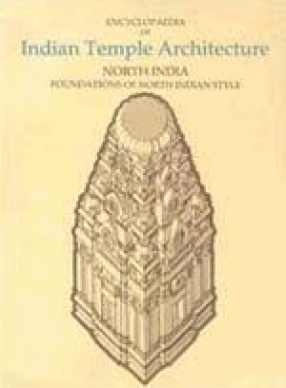
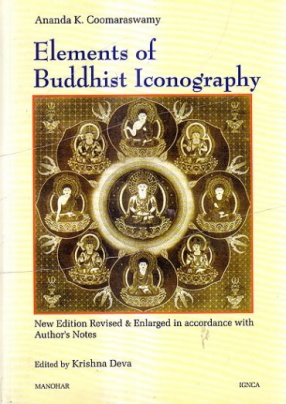
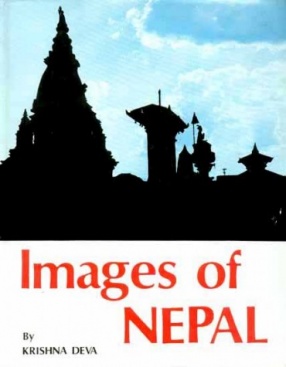

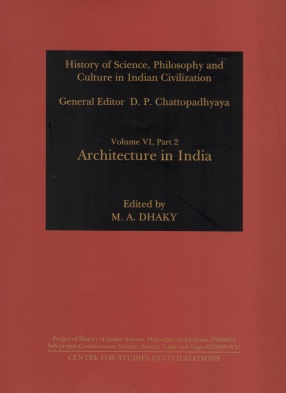
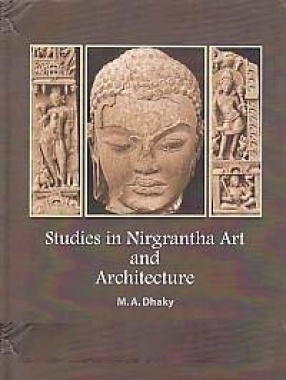
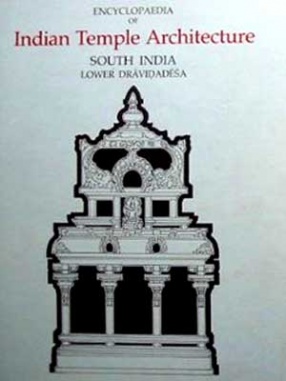
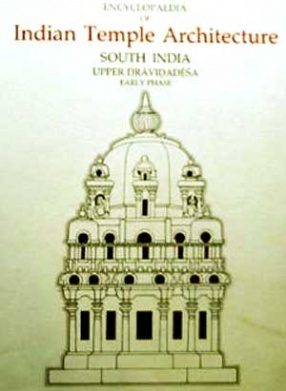
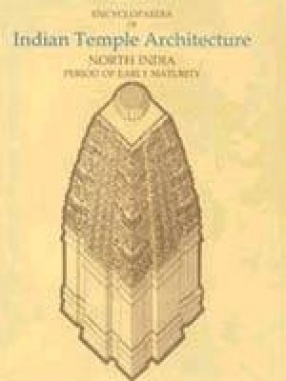
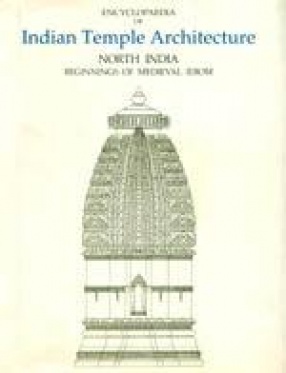
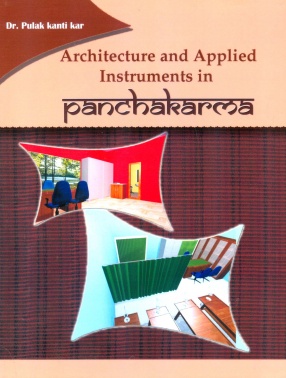
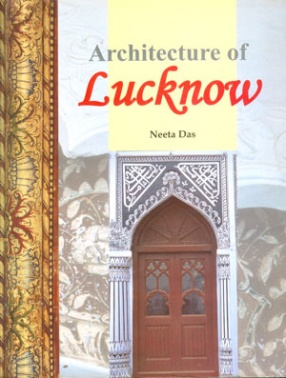
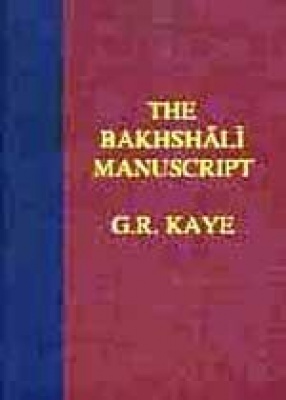
There are no reviews yet.